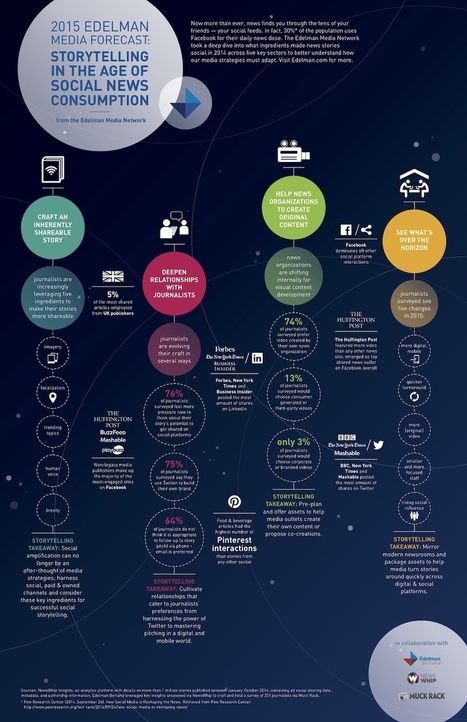When an author set out to tell a story in years past, he or she typically did so on paper, a typewriter or by typing at a computer.But today, storytellers find imaginative ways to share their ideas with interactive and visual elements. On modern mediums like Twitter, Vine, YouTube and other mobile applications, storytellers are crafting tales in ways that would have been unfathomable a decade ago.
Offline, too, authors have begun rethinking the traditional concept of the book in ways both innovative and unorthodox. Might a story be better understood as a set of machine parts? How might destroying a book actually bring its messages to life?Here are nine ways authors are revolutionizing the way stories are told....
Via Jeff Domansky



 Your new post is loading...
Your new post is loading...



![A Visual Guide to Telling Compelling Stories for Your Brand [Infographic] | Writing about Life in the digital age | Scoop.it](https://img.scoop.it/bdgdY0H6lziC8cidQvoRtTl72eJkfbmt4t8yenImKBVvK0kTmF0xjctABnaLJIm9)
















Storytellers are deconstructing books and getting innovative -- both online and offline.